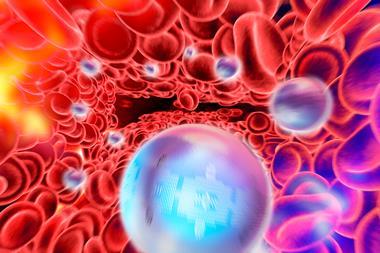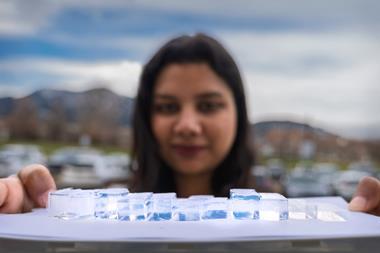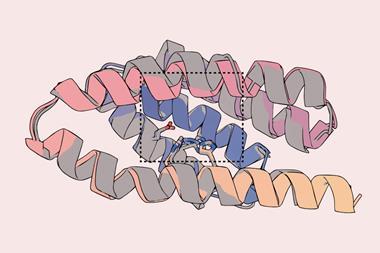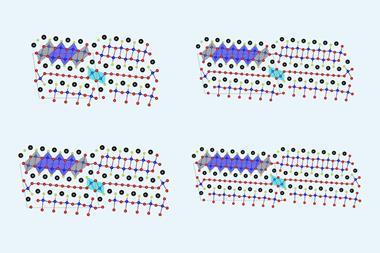
With ohmic heating the reaction medium itself serves as an electrical resistor, and is heated by passing electricity through it. Internal energy transformation occurs, from electrical to thermal energy, thanks to ion movement and friction within the reaction medium. Since the heating process depends on the resistivity of the medium, the exact conditions vary from reaction to reaction.
Microwave heating has also found some popularity as an alternative heating method, but it has efficiency limitations. Since ohmic heating does not depend on heat transfer to the medium, it is faster, more efficient and allows for more uniform heating with a virtually unlimited penetration depth. The technology has real commercial potential in industry, particularly as more chemists start to exploit the high thermal capacity, low cost and non-toxic nature of on-water techniques.
The team behind the new reactor, led by Artur Silva at the University of Aveiro, applied their ohmic heating device to four organic reactions as a proof of concept: a Diels-Alder cycloaddition, a nucleophilic substitution, an N-alkylation and a Suzuki cross-coupling reaction. They also performed the reactions with conventional (oil bath) and microwave heating and compared the performance of each process.
‘We knew ohmic heating from the food industry – mainly the application of the process to milk pasteurization – and wondered if it could be used to heat chemical reactions,’ says Silva, The group found that, for the Diels-Alder and Suzuki cross-coupling reactions, ohmic heating gave a better yield than microwave and conventional heating. For the nucleophilic substitution and N-alkylation reactions, ohmic and microwave heating methods either equalled or bettered the reaction times afforded by conventional heating methods, while yields remained similar
‘This work potentially solves a big problem with on-water reactions,’ says James Mack, an expert on green organic reactions at the University of Cincinnati, US. ‘Electrochemical cells are well known and used in industry, so applying this methodology to large-scale aqueous reactions is very promising.’
The research team is continuing to develop their new process, concentrating on reactivity, regioselectivity, stereoselectivity as well as scaling up of the reactor.
References
V L M Silva et al., Green Chem., DOI: 10.1039/C3GC36881E






No comments yet